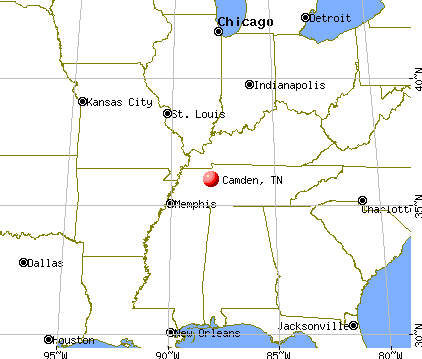Sir Wireaddict . . . . .
At my prior posting time . . . . . there was one
GOLDEN link that I absolutely couldn't think of, since I had only used it back at day one at onset of the digital changeover.
Also, Nashville was not thought of as being one of your alternatively receivable sites.
With either of the cities, being into the threshold of being fringe areas. No top of the set rabbit ears will be used at your house.
You did not clue me in as if any of the 2-13 stations were still being used as Digitally operating frequencies or all are in actuality, operating on UHF frequencies. If so that is where the differences in your two given Wine-o-gard antenna models would come into play.
Also you definitely would want to upgrade to the Wine-o-gard LNA200 antenna mounted preamp, with its . . . quiet . . . as a mouse peeing on a cotton ball . . . with its 1 db noise figure threshold.
To get a ton of specific info . . . . go next to the site below and plug in your address, so that an
area specific feedback, relevant to
YOUR topographic lay AND
antenna height in relation to the transmitting stations locale and ITS topo info can be correlated and sent back to you as a map and the expected signal strength specs .
You will be initially interested in the left side of the pages TOOLS and TV Signal Locator.
Additionally . . . . use the Callsign Lookup and Callsign List to answer my query about previously assigned Low or High band VHF assignments having also been cloned on up in the UHF spectrum.
Or anything else antenna related, that you might want to further enhance your intelligentsia level with.
REFERENCE SITE . . . . .
https://www.tvfool.com/index.php?option=com_content&task=view&id=15&Itemid=41
ENJOY !
If you do
NEED to pick up a few Hi band VHF signals mixed in with your MOSTLY ALL UHF you might look into the Winegard custom HD stacker . But this is only if needing hi band VHF.
Here is a writeup of ~19 antenna brand comparisons made on the same site as being simultaneously compared to it.
http://dennysantennaservice.com/best-tv-antenna.html
73's de Edd

